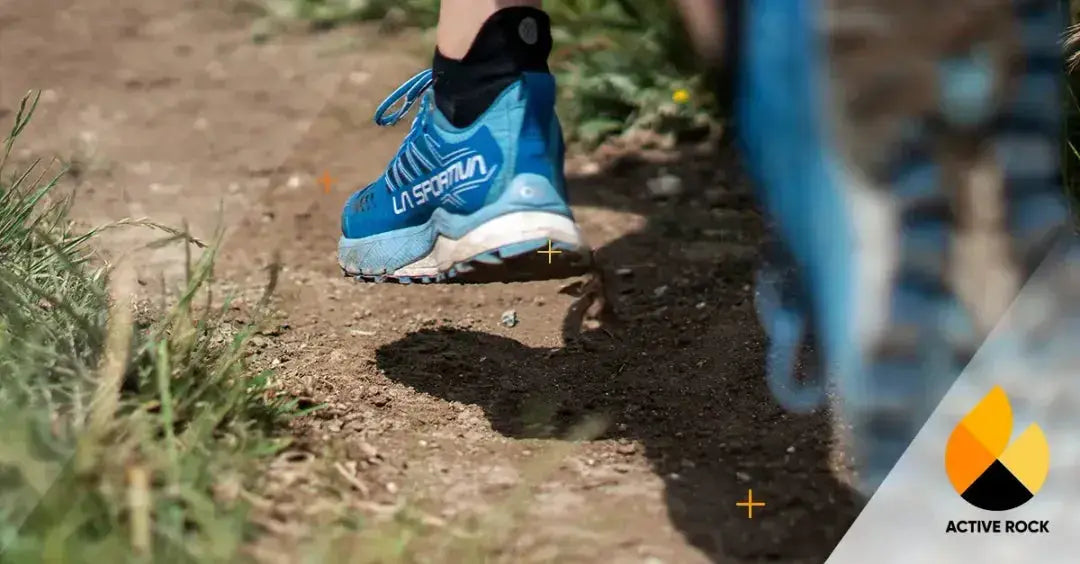The Ultimate Guide to Running Socks
Running socks might not be the first thing that comes to mind when you think about running gear. However, choosing the right pair of running socks can make a significant difference in your performance and comfort level. Whether you're a beginner or a seasoned runner, investing in high-quality running socks is essential.
In this ultimate guide, we'll cover everything you need to know about running socks, including why they matter, what to look for when buying them, and some of our top picks.
Why running socks matter
Running shoes are undoubtedly essential, but many runners overlook the importance of good running socks. Here are some reasons why running socks matter:
Prevent blisters
Blisters are a common problem among runners, and they can be painful and sideline you from training. Running socks provide cushioning and reduce friction, preventing blisters from forming.
Moisture-wicking
Running socks are designed to wick away moisture from your feet, keeping them dry and reducing the risk of fungal infections.
Support
Running socks provide support to your feet and can help prevent injuries by reducing the impact on your feet and ankles.
Comfort
Running socks are designed to be comfortable and reduce chafing, which can make your running experience more enjoyable.
Be seen in the dark
Running when it gets dark could be dangerous when crossing roads or in city areas. Running socks with reflective bands help increase your visibility and security.
What to Look for when buying running socks
When it comes to buying running socks, there are several factors to consider. Here are some things to keep in mind:
Material
Running socks are made from different materials such as bamboo fibers, cotton, wool, synthetic blends, or a combination of these. Each material has its advantages and disadvantages, so it's essential to choose a material that suits your needs.
Cushioning
Running socks come with varying levels of cushioning, from thin to thick. The level of cushioning you need depends on your running style and personal preferences.
Arch support
Some running socks come with built-in arch support, which helps prevent overpronation and reduces the risk of injuries.
Size and fit
Running socks should fit snugly but not be too tight. It's essential to choose the right size and fit for your feet to prevent blisters and ensure comfort.
FAQs
Q: Do I need to wear specific running socks?
A: While you can technically wear any socks when running, investing in high-quality running socks can significantly improve your comfort level and prevent injuries.
Q: How often should I replace my running socks?
A: It's recommended to replace your running socks every six months to a year, depending on how frequently you run.
Q: What material is best for running socks?
A: The best material for running socks depends on your personal preferences. However, bamboo fibers, synthetic blends or merino wool are popular choices as they wick away moisture and provide cushioning.
Picking the right running sock is not a small detail
Running socks might seem like a small detail, but they can make a big difference in your running experience. Choosing the right pair of running socks can prevent blisters, reduce the risk of injury, and improve your overall comfort level. Keep in mind the factors we've discussed when choosing your next pair of running socks.

